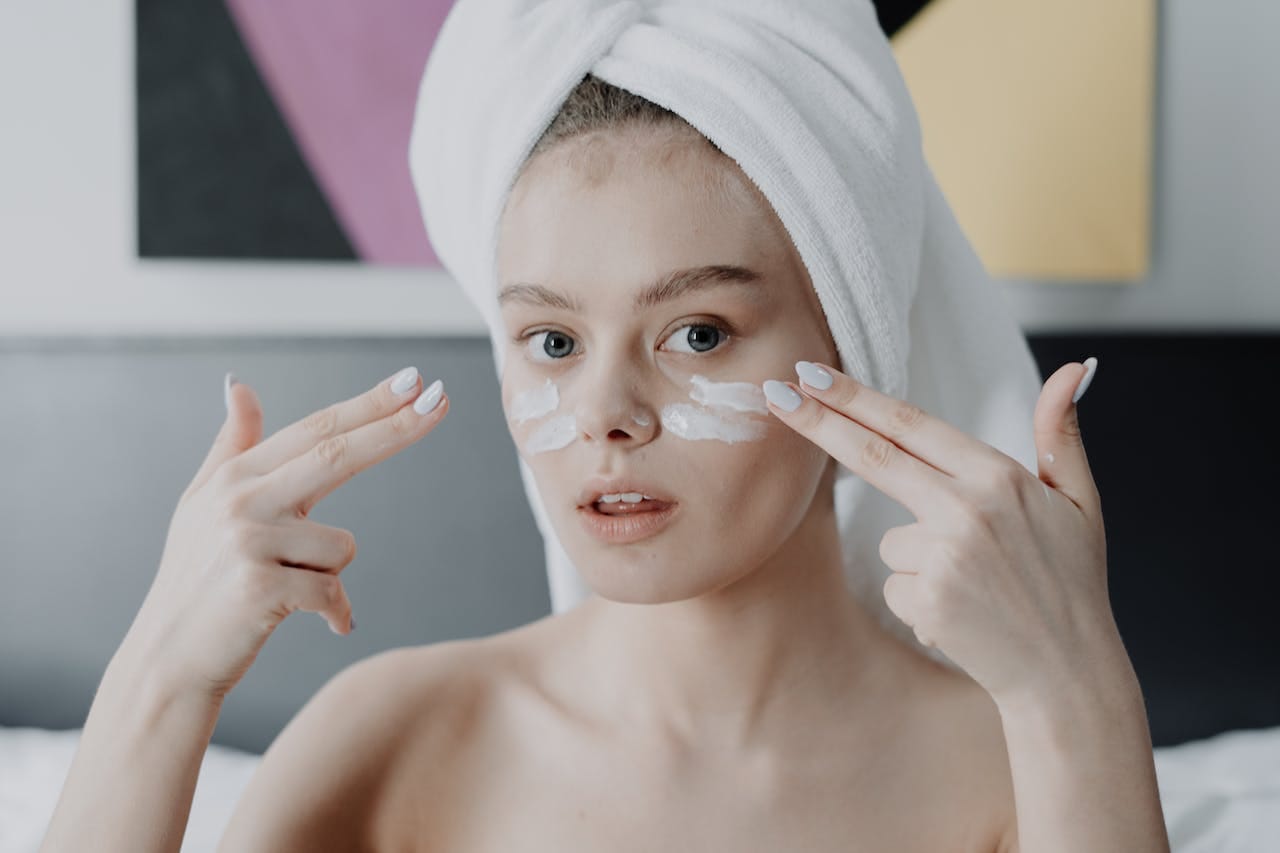Niacinamide has been around in the beauty industry for a while, yet there's often still a bit of mystery surrounding its full range of benefits. You might wonder, does it really help with acne or is it more effective against aging signs? The queries can seem endless. But what if I told you that niacinamide is a jack-of-all-trades, tackling everything from pimples to wrinkles, and is suitable for all skin types? Its remarkable adaptability makes it an essential component that skincare aficionados shouldn't overlook.
What Exactly is Niacinamide?
Niacinamide, commonly known as niacin and a variant of vitamin B3, is a crucial nutrient integral to various cellular functions, including energy production and significant chemical reactions.

Our bodies don't produce niacinamide naturally. To benefit from it, we need to either ingest it or apply it topically. Foods such as liver, chicken, turkey, and fish are good sources of vitamin B3. However, for targeted skin benefits, these dietary sources aren't as effective as topical niacinamide products, which deliver a more concentrated and direct level of the nutrient to the skin.
What Does It Do for Skin?
- Antioxidant Support
- Inflammation Reduction
- Pigmentation Control
- Acne Management
- Anti-Aging Properties
- Soothing Redness
- Pore Refinement
- Skin Tone Brightening
- Barrier Restoration
How to Pick the Right Topical Product?
The market today is brimming with niacinamide-infused products, but it's essential not to make impulsive purchases. Start by understanding your skin type and specific needs. This will guide you in selecting a product with the right niacinamide concentration.
Although the maximum concentration in topical niacinamide products is 20%, studies show benefits at lower concentrations, typically between 2% and 5%. If a product doesn't specify the niacinamide concentration, it likely contains a negligible amount – safe, but potentially less effective.
Regrettably, the FDA doesn't require skincare brands to disclose ingredient percentages. While this might not seem significant legally, as informed consumers, we deserve to know what we're applying to our skin.
For those with dry, sensitive, or rosacea-prone skin, or if you're looking to hydrate and even out your skin tone, opt for products with 2% to 5% niacinamide. This could be in the form of toners, creams, or moisturizers. If your skin is normal, oily, or combination, and you're targeting acne, aging signs, or dark spots, go for higher concentrations of 5% to 10% niacinamide.
How to Use It?

There's every reason to start using niacinamide in your skincare regimen right away. It can be incorporated through various products like cleansers, toners, serums, or moisturizers. Aim to use a niacinamide-infused product once or twice daily. It's versatile enough to pair with nearly all ingredients except for vitamin C. These two have a bit of a rivalry; when used together, they tend to neutralize each other. To avoid this, stagger their application – vitamin C in the morning and niacinamide in the evening works well.
What are the Side Effects of Niacinamide?
Niacinamide is a safe and well-studied ingredient. However, sometimes, at the very beginning, it can cause redness, mild irritation, or a slight flush. These reactions are uncommon, but if they do occur and persist, consider switching to a product with a lower concentration. For those with skin that's prone to allergies, it's advisable to be cautious with 5% to 10% niacinamide, as it can boost histamine production. In any case, you're better off doing a patch test before using it.
How Long Does It Take to See the Effect?
Research suggests that the benefits of topical niacinamide can typically be observed within 12 weeks of consistent use. However, it's important to understand that results can vary from person to person. Some might notice improvements in just a few days, while others might need to wait several weeks to see noticeable changes. Every case is unique!
Take-Home Points
- Niacinamide suits any skin type, tackling acne, pigmentation, and more.
- Super stable, it doesn't break down in sunlight, so no need for special bottles.
- It's versatile and pairs well with a bunch of other skincare ingredients.

